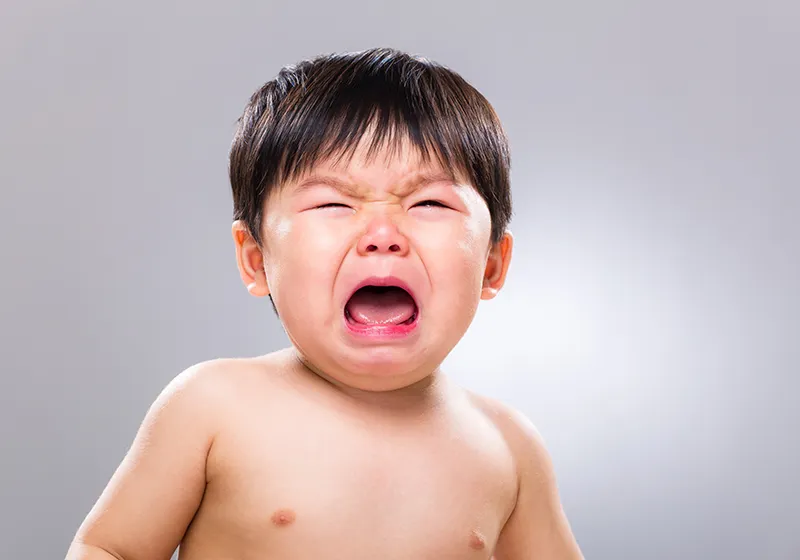Families For Life | Stomach Ache-Young Children

‘I’ve got a sore tummy’ – it’s a common complaint in childhood. Often, you don’t need to be concerned, but you should take your child to the General Practitioner (GP) if the stomach pain is severe or doesn’t go away, or if your child also seems generally unwell.
Causes of stomach pain or ache
Stomach pain in children is very often caused by excessive gas and indigestion, neither of which is serious.
A sore tummy might also be a sign of infections like food poisoning, gastroenteritis, pneumonia or urinary tract infections.
Anxiety or stress can cause ‘butterflies’ in the tummy.
Severe stomach pain might be caused by more serious or surgical illnesses like appendicitis or intussusception, which is when part of the gut slides into or over itself.
Tummy pain that keeps coming back might be associated with constipation, food intolerances or inflammation in the gut.
In adolescent girls, stomach pain can have several gynaecological causes, including a twisted ovary, ectopic pregnancy and period pain.
Sometimes doctors won’t be able to work out what’s causing your child’s sore tummy. This is called functional abdominal pain. In these cases, nerve signals or chemicals might be making your child’s gut more sensitive to normal triggers like gas. Or it could be stress or anxiety.
Symptoms related to stomach pain
Stomach pain varies according to its specific cause.
The symptoms that come with stomach pain might include nausea, vomiting, diarrhoea, fever, constipation, bloating and loss of appetite. These also vary depending on the underlying cause of the stomach pain.
A sore tummy is more likely to be a sign of something serious if it wakes your child up, or if the pain is in a specific area of the abdomen, away from your child’s belly button. For example, in appendicitis, the pain is usually sharp, and the pain often starts in the middle then moves to the lower right section of the abdomen. Your child might also have fever, loss of appetite and vomiting.
If the stomach pain comes with loss of appetite, nausea, vomiting and diarrhoea, the problem could be gastroenteritis or food poisoning.
Cramps and general pain might be associated with excess gas.
Tummy pain that doesn’t go away could be constipation or a urinary tract infection. If your child has a urinary tract infection, she might also be in pain when peeing, peeing more than usual, and might have a fever, be vomiting and feel irritable.
Tummy pain might also be associated with pneumonia or a viral infection. In this case, your child will probably also have a fever, cough and possibly a sore throat.
In all types of stomach pain, there’s a risk that your child will become dehydrated. You should watch for signs of dehydration, including sunken eyes, less pee than usual, lethargy and weight loss, and make sure your child is drinking enough fluids.
When to see your doctor about stomach pain
You should take your child to see your GP if your child:
complains of severe pain in the tummy or it wakes him from sleep
has tummy pain that doesn’t go away, or that keeps coming and going
is unwell or has a fever in addition to the pain
complains that the pain gets worse when he moves
has diarrhoea or vomiting that doesn’t go away
has bloody or bright green-coloured vomit
has blood in his poo
might have swallowed something poisonous
is losing weight or has pain that affects his energy levels.
Treatment for stomach pain
To help your child feel more comfortable, you can give her paracetamol in the recommended dose and frequency. If your child has more than the recommended dose, it can cause liver damage.
It’s also important to:
make sure that your child gets enough fluids
encourage your child to rest.
Do not give your child aspirin for any reason. Aspirin can make your child susceptible to Reye’s syndrome, a rare but potentially fatal illness. It can also cause serious illness or even death in children with chickenpox or flu symptoms.
© raisingchildren.net.au, translated and adapted with permission